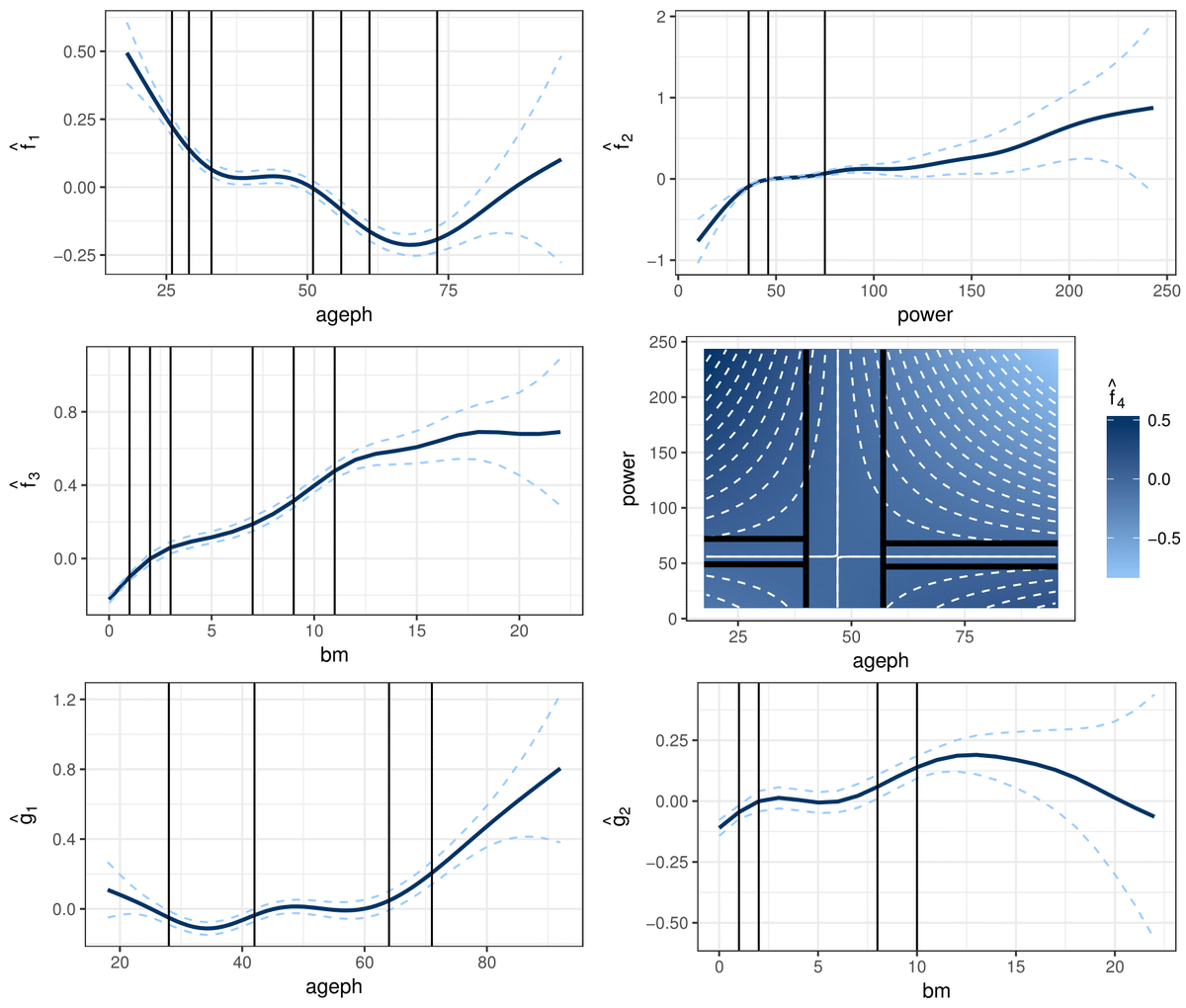
Abstract
We present a fully data driven strategy to incorporate continuous risk factors and geographical information in an insurance tariff. A framework is developed that aligns flexibility with the practical requirements of an insurance company, the policyholder and the regulator. Our strategy is illustrated with an example from property and casualty (P&C) insurance, namely a motor insurance case study. We start by fitting generalized additive models (GAMs) to the number of reported claims and their corresponding severity. These models allow for flexible statistical modeling in the presence of different types of risk factors: categorical, continuous, and spatial risk factors. The goal is to bin the continuous and spatial risk factors such that categorical risk factors result which captures the effect of the covariate on the response in an accurate way, while being easy to use in a generalized linear model (GLM). This is in line with the requirement of an insurance company to construct a practical and interpretable tariff that can be explained easily to stakeholders. We propose to bin the spatial risk factor using Fisher’s natural breaks algorithm and the continuous risk factors using evolutionary trees. GLMs are fitted to the claims data with the resulting categorical risk factors. We find that the resulting GLMs approximate the original GAMs closely, and lead to a very similar premium structure.